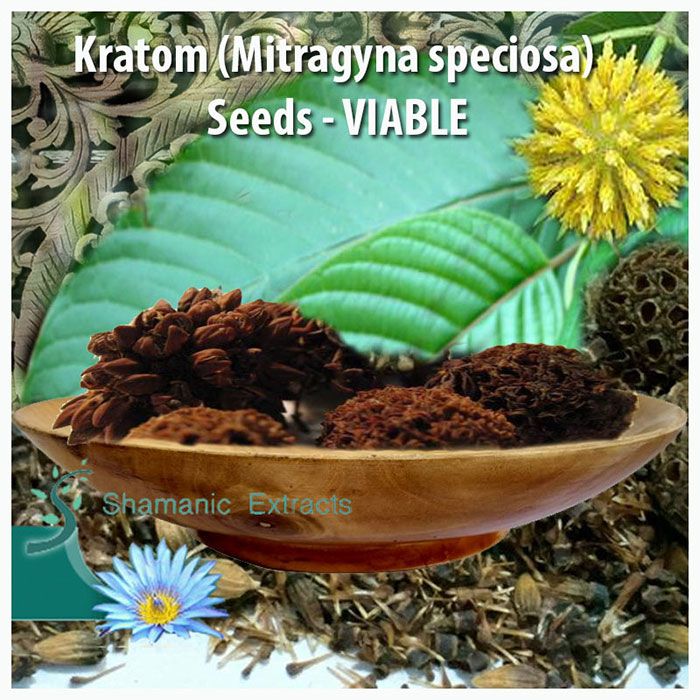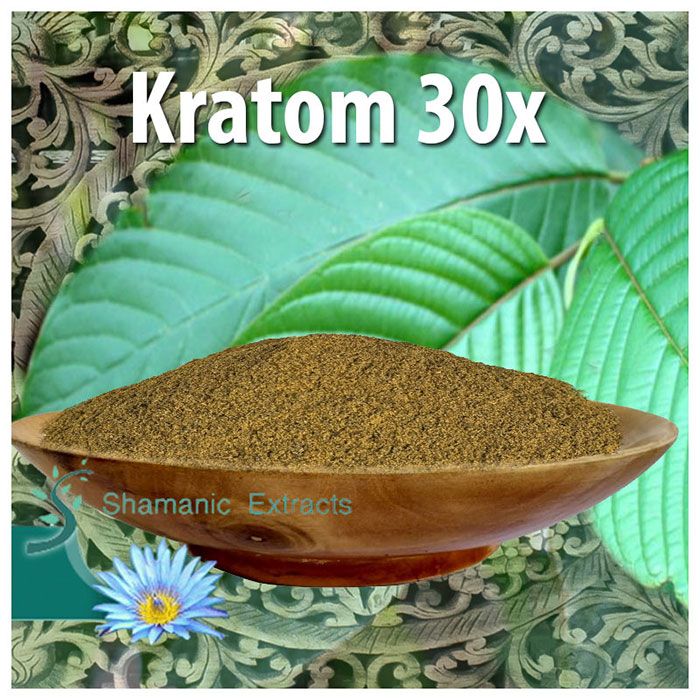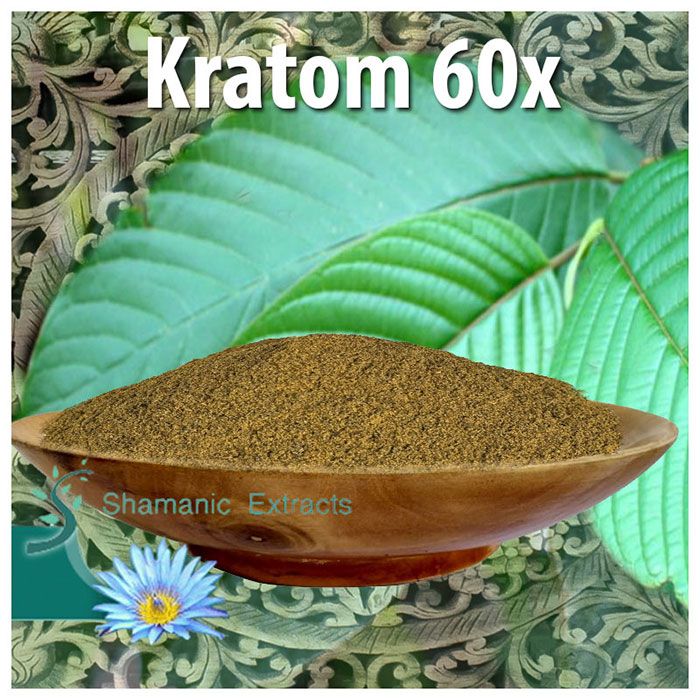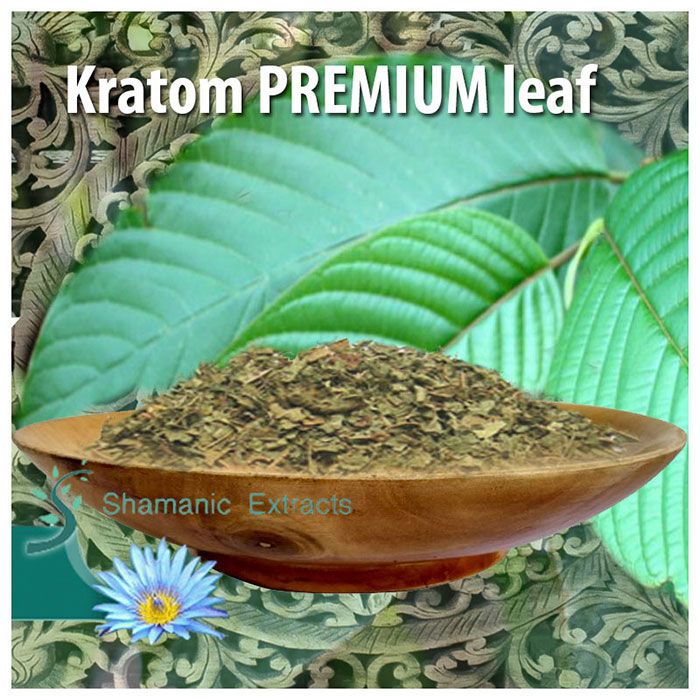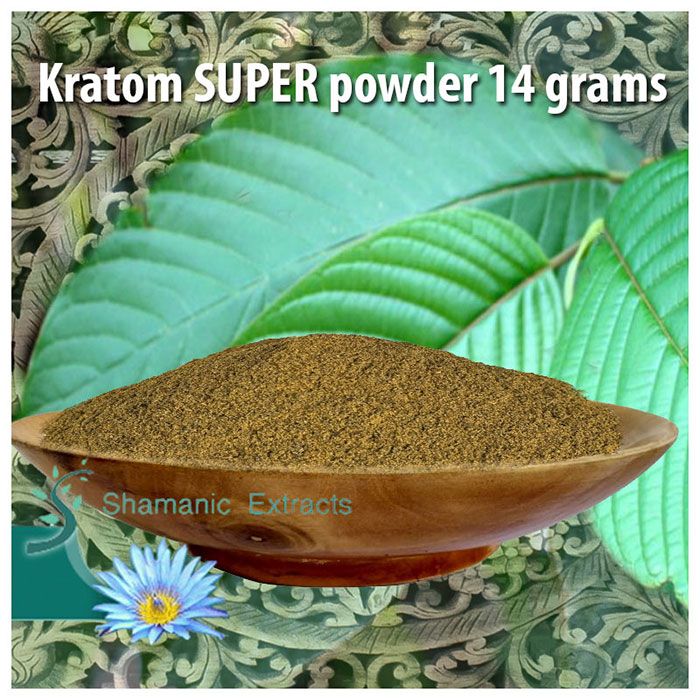Kratom, scientifically known as Mitragyna speciosa, is a tropical evergreen tree native to Southeast Asia, particularly in countries like Thailand, Indonesia, Malaysia, and Papua New Guinea. For centuries, the leaves of this plant have been used for their medicinal and psychoactive properties. As interest in natural remedies grows globally, Kratom is gaining attention for its potential uses in pain management, energy enhancement, and more.
What Is Kratom?
Kratom belongs to the coffee family and thrives in tropical climates. The leaves of the Kratom tree are its most prized part, containing active compounds such as mitragynine and 7-hydroxymitragynine. These alkaloids interact with receptors in the brain, producing effects that range from pain relief to euphoria, depending on the dosage.
The History of Kratom Use
Kratom has a long history of traditional use in Southeast Asia. Farmers and laborers chewed the leaves to boost energy and alleviate fatigue during long hours of work. It was also used in traditional medicine to treat ailments such as diarrhea, cough, and chronic pain.
How Kratom Works: Active Compounds and Effects
Mitragynine
Mitragynine is the primary alkaloid in Kratom. It binds to opioid receptors in the brain, producing effects similar to mild opioids but without the severe side effects.
7-Hydroxymitragynine
This is a more potent alkaloid, responsible for Kratom’s pain-relieving and sedative properties. It interacts strongly with opioid receptors, offering significant analgesic benefits.
Other Alkaloids
Kratom leaves also contain secondary alkaloids that contribute to its overall effects, including anti-inflammatory and antioxidant properties.
Common Uses of Kratom
1. Pain Relief
Kratom is widely used as a natural alternative for managing chronic pain conditions such as arthritis, fibromyalgia, and back pain. Its analgesic properties stem from its interaction with the brain’s opioid receptors.
2. Energy and Focus
At low doses, Kratom acts as a stimulant, boosting energy levels and enhancing mental focus. It is often used by people looking for a natural way to combat fatigue.
3. Mood Enhancement and Anxiety Relief
Kratom can elevate mood and reduce symptoms of anxiety and depression. Its calming effects make it a popular choice for managing stress.
4. Opioid Withdrawal
One of Kratom’s most controversial uses is in helping people overcome opioid addiction. It mitigates withdrawal symptoms by interacting with opioid receptors without causing severe dependency.
5. Sleep Aid
At higher doses, Kratom has sedative effects, which can help individuals struggling with insomnia or restless sleep.
Different Strains of Kratom and Their Effects
Kratom is categorized into strains based on the color of the leaf veins:
1. Red Vein Kratom
Known for its calming and pain-relieving properties, red vein strains are ideal for relaxation and sleep.
2. Green Vein Kratom
A balanced strain that offers moderate energy boosts and mild pain relief.
3. White Vein Kratom
The most stimulating strain, white vein Kratom enhances energy and focus, making it suitable for daytime use.
How to Use Kratom
Kratom is available in various forms, including:
- Powder: The most common form, made from dried and ground leaves.
- Capsules: Convenient for precise dosing.
- Tea: Prepared by boiling the leaves or powder.
- Extracts: Highly concentrated and potent forms.
Dosage Guidelines
Low Dose (1-2 grams): Stimulant effects, increased energy.
Moderate Dose (3-5 grams): Balanced effects, mild euphoria, and pain relief.
High Dose (6+ grams): Sedative and strong analgesic effects.
Potential Risks and Side Effects
While Kratom offers many benefits, it is not without risks. Common side effects include:
- Nausea
- Constipation
- Dizziness
- Dependency (with prolonged use)
- It’s essential to use Kratom responsibly and consult a healthcare professional before starting.
Legal Status of Kratom
The legality of Kratom varies by country and region. In the United States, it remains legal at the federal level but is banned in certain states and cities. Internationally, countries like Thailand and Indonesia have recently revised their regulations to permit its controlled use.
Conclusion
Kratom is a versatile plant with a range of potential benefits, from pain relief to energy enhancement. However, like any substance, it should be used responsibly and with an understanding of its risks. If you’re considering Kratom, consult a healthcare provider to ensure it’s safe and appropriate for your needs.
FAQs
1. Is Kratom addictive?
Kratom has the potential for dependency, especially with prolonged use or high doses. Responsible use is crucial.
2. Can Kratom be used for anxiety?
Yes, certain strains like red vein Kratom are effective for reducing anxiety and promoting relaxation.
3. What is the best way to take Kratom?
The best method depends on personal preference. Capsules are convenient, while tea offers a traditional experience.
4. How long do the effects of Kratom last?
The effects typically last between 4-6 hours, depending on the dosage and strain.
5. Is Kratom safe for everyone?
Kratom is not recommended for pregnant women, individuals with certain medical conditions, or those taking specific medications. Always consult a healthcare provider first.

![Kratom, scientifically known as Mitragyna speciosa, is a tropical evergreen tree native to Southeast Asia, particularly in countries like Thailand, Indonesia, Malaysia, and Papua New Guinea. For centuries, the leaves of this plant have been used for their medicinal and psychoactive properties. As interest in natural remedies grows globally, Kratom is gaining attention for its […]](https://shamanic-extracts.com/wp-content/uploads/kratom.jpg)
